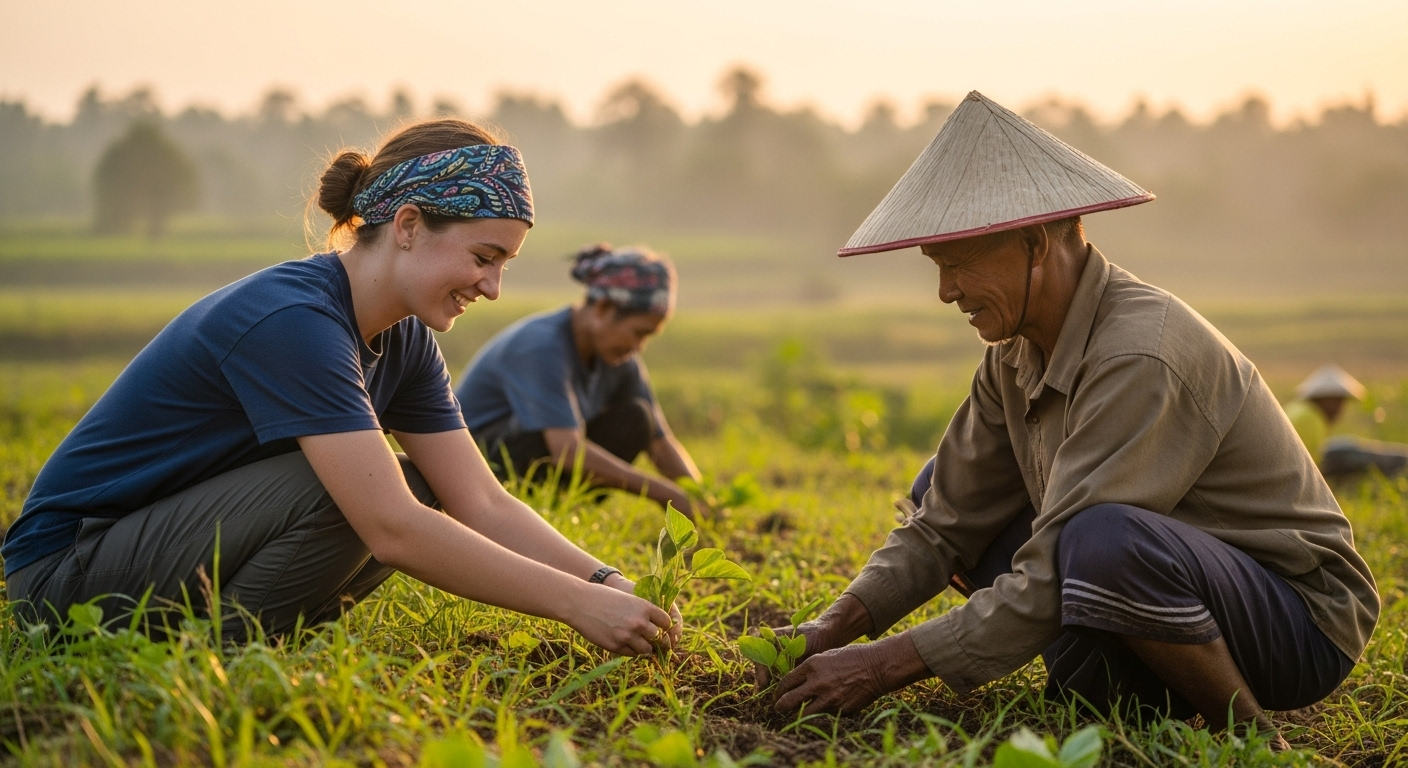Discover Agricultural Opportunities for English Speakers in NL
Curious about the agricultural sector in the Netherlands? For English-speaking residents, the Dutch farming industry offers diverse experiences beyond traditional perceptions. From high-tech greenhouses to expansive fields and animal husbandry, explore the potential roles, seasonal patterns, and geographical hotspots in this innovative agricultural landscape. Gain insights into the tasks involved and how work arrangements typically function in this dynamic field.

Exploring the Dutch Agricultural Landscape: Insights for English Speakers
Diverse Agricultural Sectors in the Netherlands
The Netherlands boasts a vibrant and multifaceted agricultural industry, showcasing a blend of traditional practices and cutting-edge innovation. At the forefront is the country’s renowned greenhouse sector, where workers engage in various aspects of controlled environment agriculture. This includes nurturing crops like tomatoes, bell peppers, and cucumbers from seedling to harvest.
Beyond the glass structures, open-field farming presents its own set of activities. Here, one might find themselves involved in tasks ranging from sowing and maintaining crops to gathering a variety of fruits and vegetables. The Dutch livestock industry also plays a significant role, encompassing dairy operations, pig farms, and poultry facilities. These animal-centric roles often involve daily care routines, feeding regimens, and upkeep of farm infrastructure.
Moreover, the Netherlands’ status as a global floriculture leader opens up possibilities in the flower industry, from cultivation to export preparation.
The Value of English Proficiency in Dutch Agriculture
English language skills are increasingly prized in the Dutch agricultural sector for several reasons. The industry’s reliance on international labor, especially during peak seasons, makes English a vital lingua franca, bridging communication gaps between diverse workforces and Dutch employers.
Furthermore, many Dutch agricultural enterprises operate on a global scale. English-speaking individuals can thus play crucial roles in facilitating international business communications and transactions. As agritourism gains popularity, farms offering visitor experiences benefit from staff who can engage with a multinational audience in English.
Geographic Distribution of Agricultural Opportunities
Greenhouse employment clusters primarily in specific regions. The Westland area, nestled between Rotterdam and The Hague, is particularly noteworthy for its vast expanse of greenhouses, earning it the moniker “Glass City.” Similar concentrations can be found in Noord-Holland, Zuid-Holland, and Noord-Brabant provinces.
Field-based agricultural work, however, is more widely dispersed. Flevoland, Noord-Holland, and Zeeland are known for extensive cultivation of staple crops like potatoes, onions, and sugar beets. For those interested in fruit cultivation, the Betuwe region is famed for its apple and pear orchards, while parts of Limburg specialize in soft fruits such as strawberries.
Typical Tasks in Dutch Agriculture
The nature of agricultural work in the Netherlands varies significantly based on the specific sector and season. Greenhouse roles often involve precise tasks such as seed planting, growth monitoring, pest management, harvesting, and produce packaging. These positions require attention to detail and comfort working in controlled environments.
Open-field work tends to be more physically demanding, encompassing activities like planting, weeding, crop harvesting, and occasional machinery operation. Fruit picking, in particular, demands careful handling and can be quite intensive during peak seasons.
In the livestock sector, daily responsibilities might include animal feeding, stall cleaning, assisting with milking processes, and monitoring animal health and welfare.
Seasonal Patterns and Work Structures
Agricultural work in the Netherlands follows distinct seasonal rhythms, with activity levels fluctuating based on crop types and farming methods. Spring typically brings a surge in planting and preparatory work, while summer and early autumn mark the height of harvesting for many crops. Winter may see reduced activity in some areas, though greenhouse operations often maintain year-round productivity.
Many farms offer seasonal contracts, particularly for roles tied to specific crop cycles like fruit harvesting. These arrangements can span from a few weeks to several months. Larger operations or greenhouse facilities may provide more stable, year-round employment opportunities.
Work schedules in agriculture often feature early start times, with the potential for extended hours and weekend work during peak seasons to meet harvest demands.
The Dutch agricultural sector offers a unique blend of tradition and innovation, providing English-speaking residents with opportunities to engage with the country’s rich farming heritage while potentially developing new skills in a dynamic industry. Whether seeking seasonal employment or considering a career shift, the diverse world of Dutch agriculture might offer the fresh perspective or exciting challenge you’re looking for.




